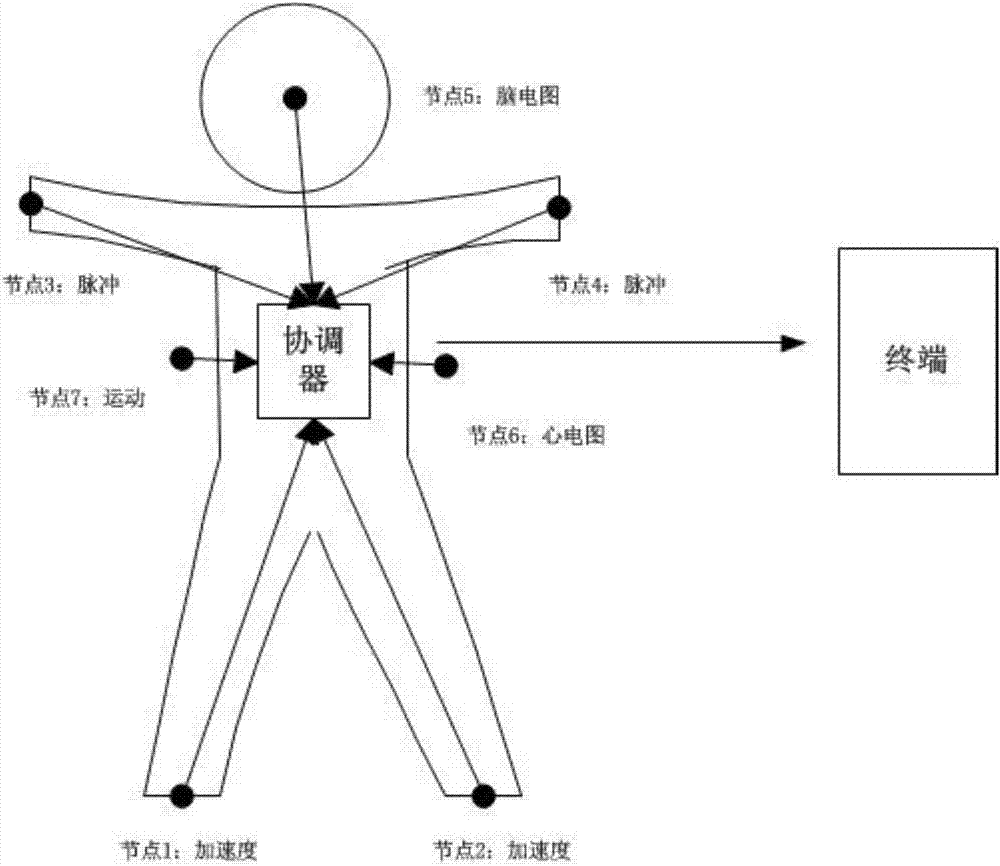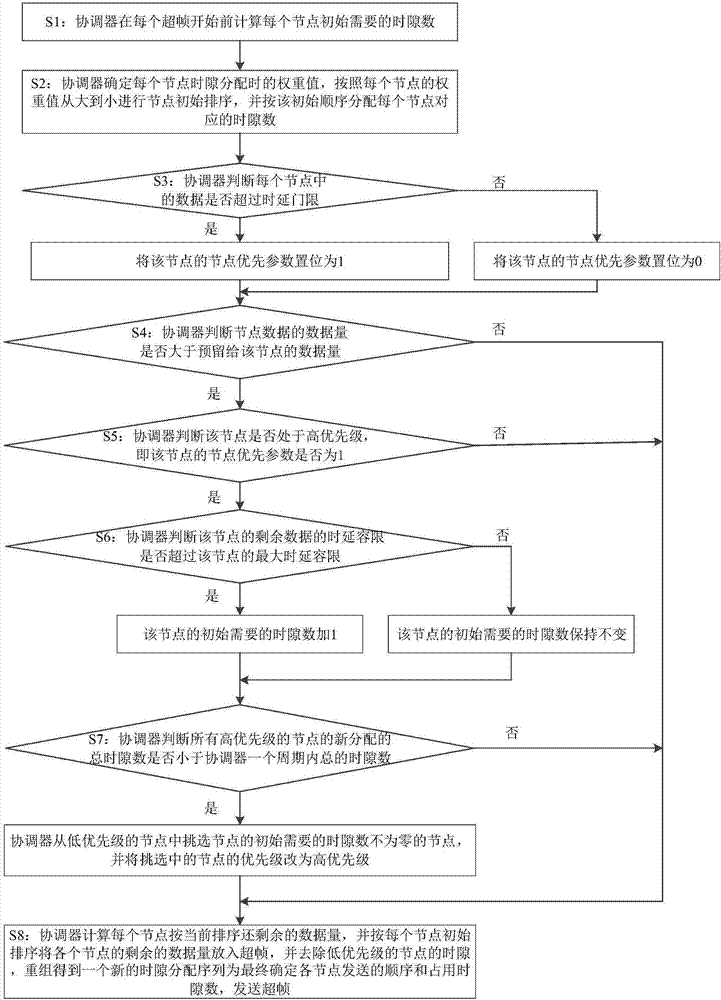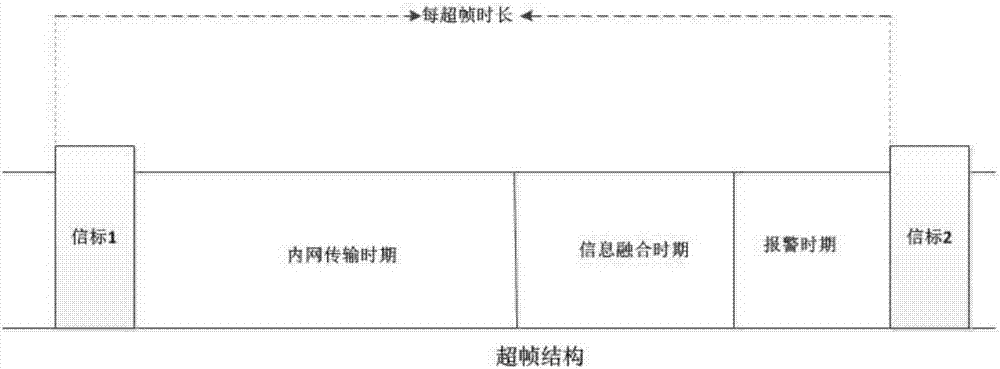Time slot distribution method based on multi-factor priority in body area network
A time slot allocation and priority technology, applied in the field of mobile communication and telemedicine, can solve the problems of unguaranteed delay service, increased system complexity, and heterogeneity of large nodes
- Summary
- Abstract
- Description
- Claims
- Application Information
AI Technical Summary
Problems solved by technology
Method used
Image
Examples
Embodiment Construction
[0086] Such as Figure three As shown, before the start of each superframe, the coordinator executes this algorithm once, and packs the result of time slot allocation into a beacon frame and sends it to each sensor node. In the specific scenario of the body area network, each sensor node collects information at a constant sampling rate under normal working conditions, and stores the information in the cache in a first-in-first-out manner, and the capacity of the cache is limited , if the amount of stored data is greater than the swap amount, an overflow will be issued, and the subsequent data will overwrite the previous data. The delay is the time interval from sampling to sending the information successfully. If the information is not sent out within the specified time, it will be considered as invalid data and discarded. It can be seen from the above that data transmission has two limitations: buffering and delay, and under normal circumstances, the sampling rate f i is co...
PUM
 Login to View More
Login to View More Abstract
Description
Claims
Application Information
 Login to View More
Login to View More - R&D
- Intellectual Property
- Life Sciences
- Materials
- Tech Scout
- Unparalleled Data Quality
- Higher Quality Content
- 60% Fewer Hallucinations
Browse by: Latest US Patents, China's latest patents, Technical Efficacy Thesaurus, Application Domain, Technology Topic, Popular Technical Reports.
© 2025 PatSnap. All rights reserved.Legal|Privacy policy|Modern Slavery Act Transparency Statement|Sitemap|About US| Contact US: help@patsnap.com



